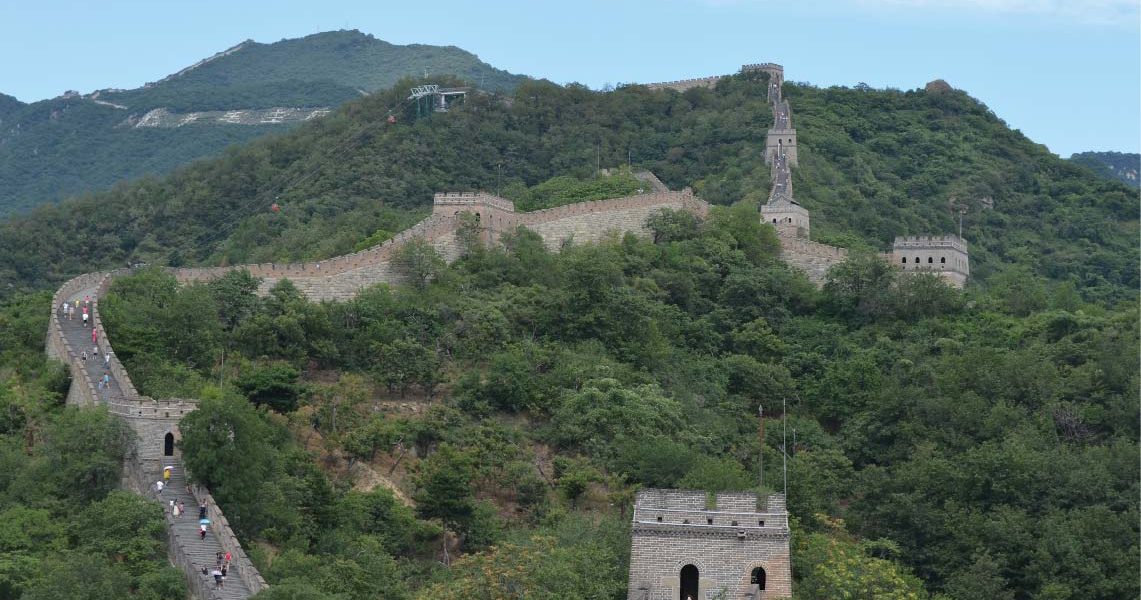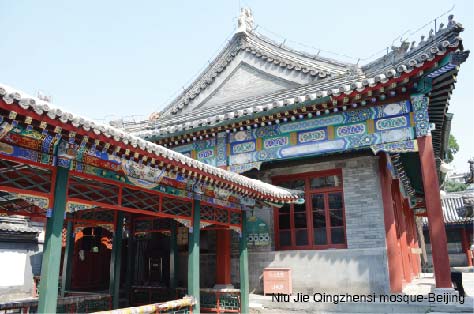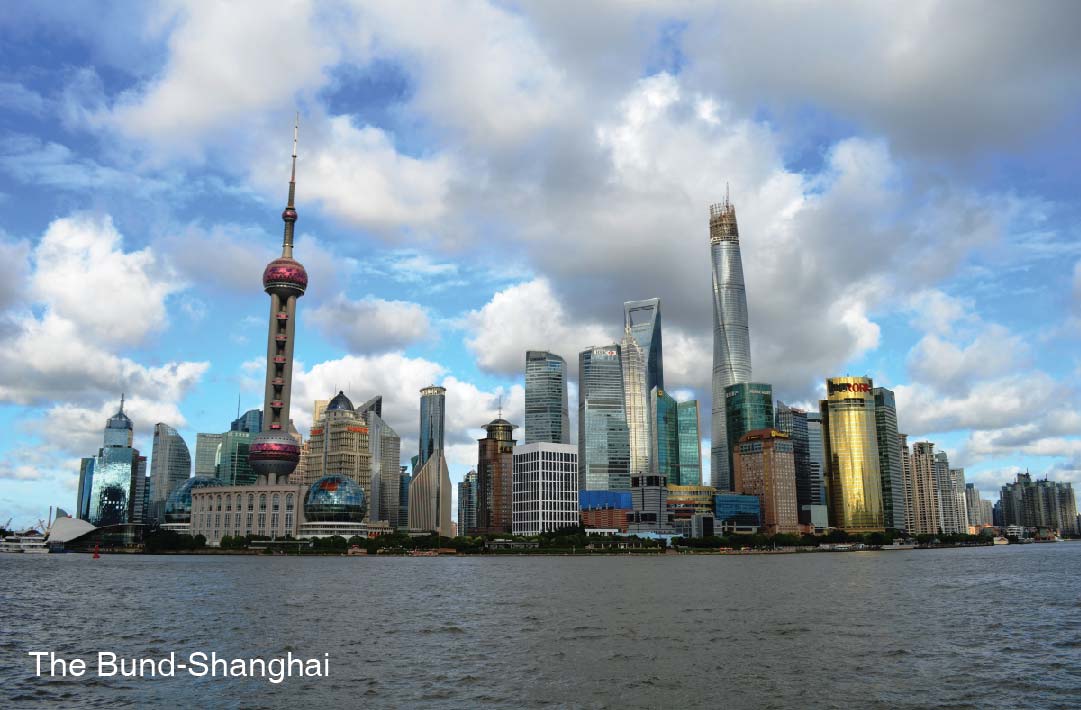With today’s work ethos, eight days to visit three cities in China is all we could muster during the Eid holidays. Culturally and linguistically China seems a far stretch and as a Muslim the availability of Halal food was a daunting worry. However, these concerns quickly resolved as we embarked on an exciting journey taking in China’s culture, history and exotic Xinjiang cuisine.
The City Of Heights
Our journey began in Shanghai. The concierge at the Shanghai City Centre Marriot hotel provided an English-speaking tour guide and a car to tour the city. Our first stop was at the Yu Yuan Garden. Built during the Ming Dynasty, the garden occupies an area of 20,000 square meters. The pavilions, halls, rockeries, ponds, streams and courtyards provide a beautiful scenic setting.
Next, we visited the Shanghai Confucian Temple. Located in downtown Shanghai, it is believed to be the only ancient architectural complex housing both a temple and school. The tasting of various Chinese teas and the artful ceremony of its preparation was a highlight at the temple. Later, we strolled into the French district to grab coffee and baguette sandwiches for lunch. European style cafés and promenades are nostalgic of China’s colonial heritage.
Next, we visited the Shanghai Museum. Its main exibits included ancient bronze, ceramics, paintings, calligraphy, sculpture, jade, coins, furniture, seals and minority nationalities. My interest in Islamic art was further fuelled by the pieces of early Islamic pottery traded on the silk route – the blue and white ceramics that China came to be renowned for.
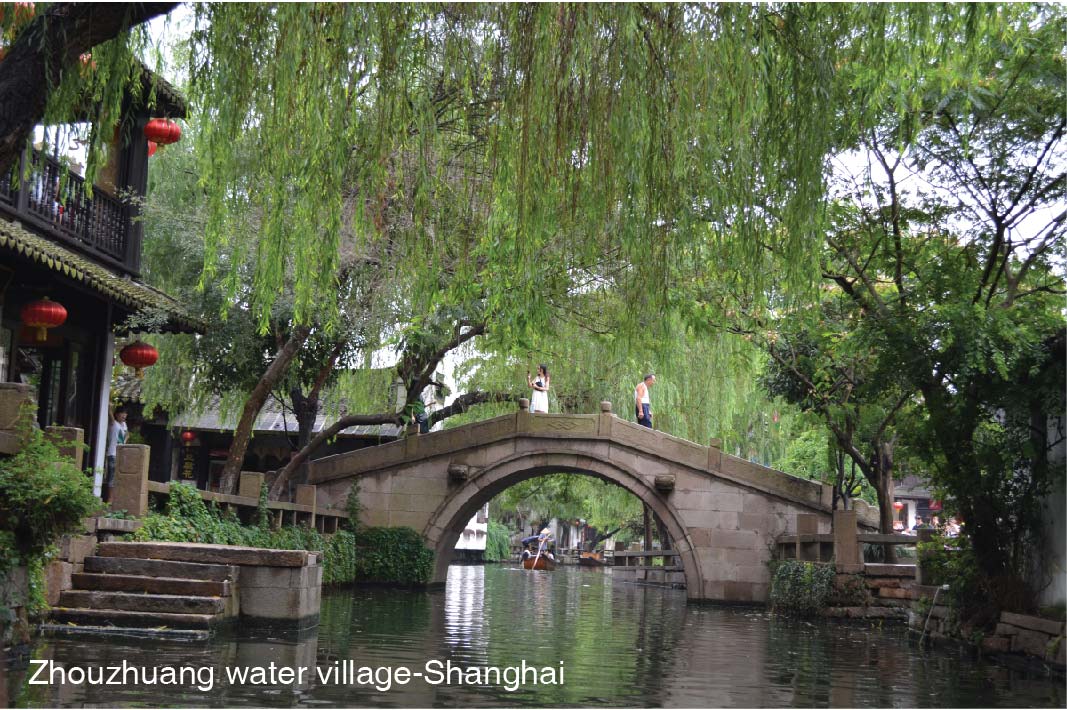
To embrace China as an emerging superpower, a visit to its tallest building in the financial centre is essential. We headed up to the 100th floor where a viewing platform awaited us at 1,555 feet. Its neo-futuristic architecture with complementing interiors, lighting and glass observation desk, gives you a feel of what modern China is all about. Right after, we made a quick visit to the Jade temple before heading off to ‘The Bund’ to watch the sunset. The sights on the west side of The Bund include buildings of different architectural styles; gothic, baroque, Romanesque, classic and the renaissance. The crowd was overwhelming; however, it was beautiful to watch the nightlights come on as the sun set.
Later that night we took a cruise along the river to get a closer look of the buildings especially the glass skyscraper from Skyfall, the most recent Bond flick.
Next morning, we set out early to Zhouzhuang water village. Described as the Venice of China, it dates back more than nine hundred years. An hour and a half drive out of Shanghai we passed rice paddies, villages and smaller towns. The water village is beautiful with many old houses lining the canals. There are many restaurants, although most served variations on pork dishes. Shops selling local handicrafts, silk paintings and embroidery are a great place to pick out souvenirs. We hired a boat and rode along the canals.
After taking in all the sights and sounds of Shanghai that our limited time frame would allow, we took off for the city of Xi’an.
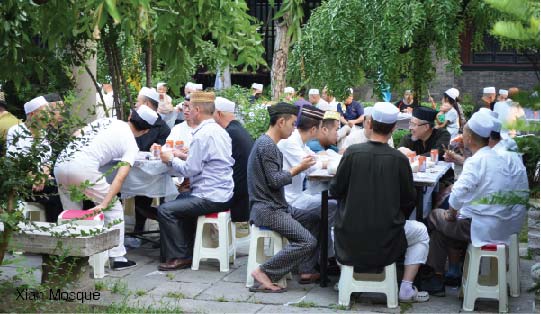
The Frontier Town
We reached Xi’an at night and headed to the Sofitel Hotel on Renmin Square. The city has been around for so long that its people seem to lack a sense of urgency, refreshingly devoid of the consumerist hype that the rest of China seem so wrapped up in. This is the birthplace of the ancient Chinese civilization right on the Yellow River Basin and the start of the ancient Silk Road.
Early next morning, our tour guide took us on a fifty-minute drive outside the city to visit the six thousand year old village of Neolithic. The excavation site is well preserved and the bones of corpses are still visible. We continued on to Xi’an’s prime attraction, the site of the Terracotta Warriors. This subterranean life-size clay army has stood guard over the soul of China’s first unifier, Qin Shi Huang for more than two millennia. We started at the third pit, which contained seventy-two warriors and horses. The second pit held around a thousand and three hundred. The detailed work on these clay figures are extraordinary. Finally, the first and largest pit, believed to contain six thousand warriors of which only two thousand are on display and horses, facing east and ready for battle. The expressions, hairstyles, armour, even the thread on the footwear are unique for each soldier. The exquisite craftsmanship is truly mind blowing let alone the sheer size and quantity.
From there we headed to the Great Mosque of Xi’an. It is one of the oldest and well-preserved mosques in China. Constructed during the Ming Dynasty, this Chinese style mosque is used by the local Muslims as a place of worship. As we walked in we could hear loud prayers and chanting. The place was filled with people commemorating the death anniversary of one of their family member’s. They generously asked us to partake in their food and ritual customs. The sense of brotherhood was strong and I was moved and humbled by their warmth. Soon after we enjoyed a delightful Xianease meal and headed to watch the Tang Dynasty Show. The performance was entertaining, colourful and rich with splendid choreography. It depicted folk celebrations, music from daily Chinese life and from the imperial court.
The following morning we visited the Shaanxi History Museum, the stone tablet Museum and the Big Wild Goose Pagoda. The Pagoda, built in 652 AD during the Tang Dynasty, is a holy place for Buddhists. We also saw the ancient art of calligraphy as the priest penned our names in Chinese.
Next, we visited the Bell tower and headed to the Muslim Quarter. The Beiyuanmen Muslim Market located to the north of the Drum Tower is a great way to spend the afternoon. Lined along the pathway are many restaurants and shops. The ambiance is heavy with the fragrant smell of food and bustling people. Crumbled unleavened bread in mutton stew, kebabs, mutton pilao with pickled Chinese cabbage, noodle soup, steamed buns stuffed with beef and mutton mixed with soup are some of the gourmet attraction. Xianease men skilfully pull handmade noodles and long queues form along stalls serving miniature Xi’an style burgers, which we enjoyed. The food in Xi’an is representative of Xinjiang cuisine, a mix of Chinese with a spicy fusion of nomadic flavours of the Silk Road. En route to the airport we also stopped at the Yangling Mausoleum before boarding a flight to Beijing.
More Than The Wall
We arrived in Beijing at night and were surprised that the taxi driver refused to pick up our luggage as it was past 11 pm! We booked into the Raffles Beijing Hotel. Beijing, chosen by Mao to be the capital and the new political power base, is a city full of national symbols. It is also steeped in a rich culture with remnants of its past evident even today.
We set out early to visit Tiananmen Square the following morning. Known to most as the largest square in the world it includes the national museum which houses the Mao mausoleum and the Forbidden City on its boundary wall. We moved onto the ancient imperial city. The Forbidden City was the imperial palace for twenty-four emperors during the Ming and Qing dynasties. Rectangular in shape, it is the world’s largest palace complex and covers 74 hectares. It is surrounded by a 52 meter wide moat and a high wall. Once inside, the palaces, gardens, pagodas seem endless and have a sense of untouched authenticity. After almost half a day at the palace we headed to the Beijing Silk Market. I don’t like bargaining; however I did manage to pick up a few items thanks to my husband’s skill in haggling. At night, we watched the Chaoyang Theatre Acrobatics Show. The show consisted of a variety of skilled acrobatic performances that were artfully presented.
The next day, we headed to the Great Wall. Constructed from the 6th to the 17th century, it is truly a man-made wonder. We headed to the Mutianyu side, which is less crowded and used the cable car to go up. The weather was perfect too; no smog with sunny blue skies. When I walked along the Great Wall I was not expecting much initially. However, the spectacular view all around left me in awe of the workforce who created this unbelievable monument. As we drove back we stopped at a trout restaurant for lunch and set off to the summer palace. It is a large complex with the Kunming Lake at its centre. It has large beautiful gardens, Royal buildings, pavilions, pagodas and walkways. We also took a boat ride to visit some of the sites across the lake. It was great to see older people out, playing card games and dancing to their hearts content. From there we headed to the Temple of Heaven. This wooden pagoda is a masterpiece of architecture and design. When night drew we walked a few blocks from our hotel to the Dong Hua Men Night Market. The exotic snacks would be skewers of starfish, snakes, scorpions, tarantulas, worms, and other insects. I didn’t try any save barbequed squid but undoubtedly, it makes a great subject for a photo.
Next morning, we went to the Olympic stadium to have a quick look around the sites and then took the subway to visit the Beijing Zoo. The subway is a great way to see the millions of Chinese who commute continuously and is quite the experience. I often wondered where the all the people were until I found myself in the busy subterranean network face to face with the most populous nation on earth and that too, underground. The zoo was disappointing but it was our only chance to see the giant pandas. From there we headed to the Niu Jie Qingzhensi mosque. Built in 996 AD the architecture was very colourful and depicted the Chinese style. There was a newly wedded couple and a few locals who all seemed friendly and enthusiastic to take pictures with us. The twenty-three million Chinese Muslims, who make up 2% of its population, undoubtedly stand out and of the few we met they seem to break all cultural barriers and connect with us like no other.
Across China, change is imminent although their work ethics still hold Maoist values. Many a times we missed the last order at 9 PM only by a few minutes and were turned back despite much plea. It is a country where ancient villages, monuments and cultures sit alongside modern metropolises and neo-futuristic buildings. A country where the traditional cyclists have gone underground to make room for BMW’s and Rolls Royce’s up on its street. Young ladies in miniskirts and high platform shoes straddle the streets at quick pace with their eyes glued to their smart phones. The malls in Nanjing Street at Shanghai or Wangfujing at Beijing are filled with the emerging consumer driven society as photos of Chairman Mao still looks down upon its people.

